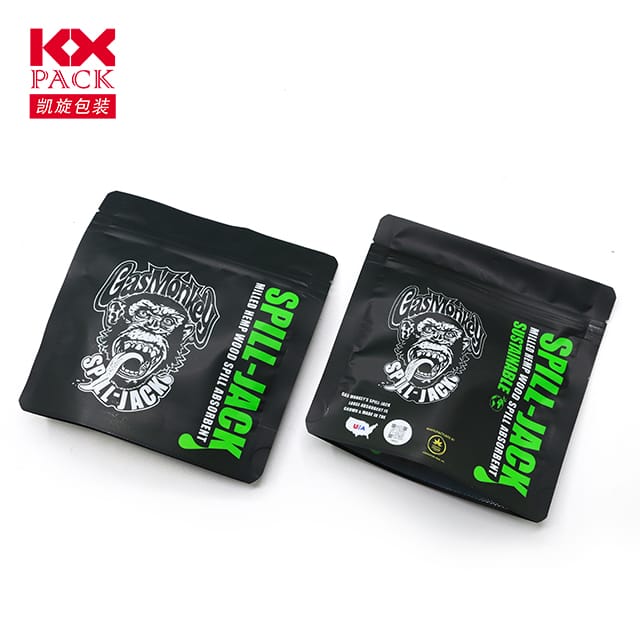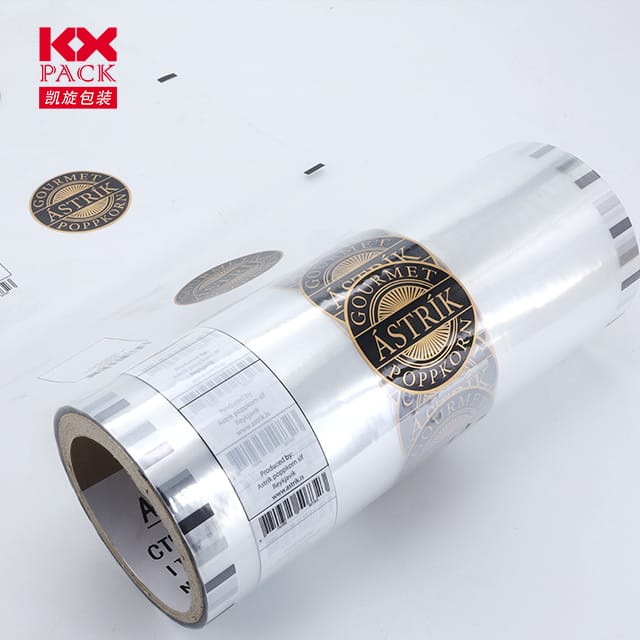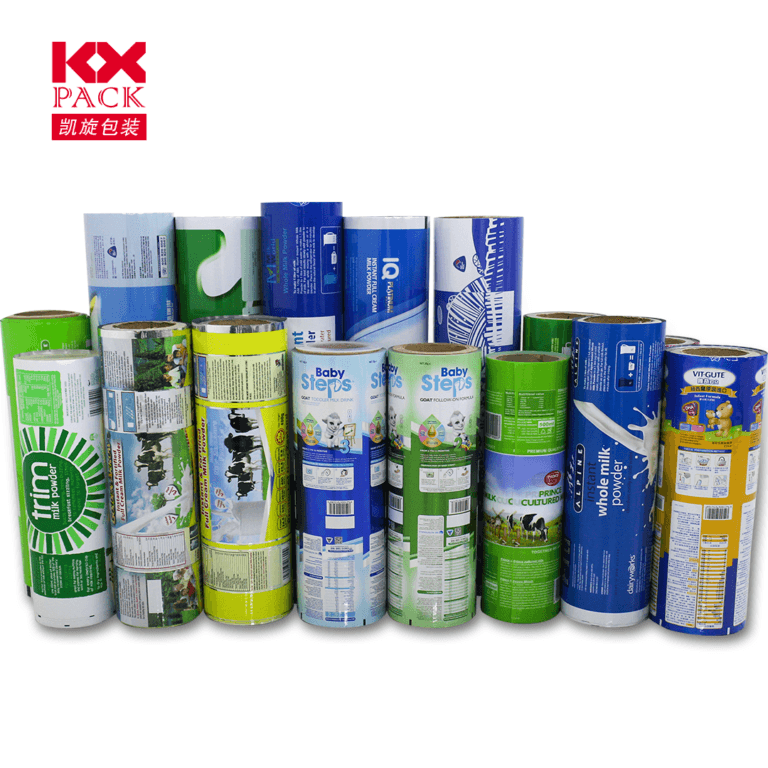ประเภทฟิล์มบรรจุภัณฑ์ที่ยืดหยุ่น: คู่มือที่ครอบคลุมสำหรับการใช้งานที่ทันสมัย
ฟิล์มบรรจุภัณฑ์ที่ยืดหยุ่น
In today’s fast-paced world, ฟิล์มบรรจุภัณฑ์ที่ยืดหยุ่น has become a cornerstone of industries ranging from food and beverages to pharmaceuticals and personal care. ความเก่งกาจ, ความทนทาน, และความคุ้มค่าของภาพยนตร์ที่ยืดหยุ่นทำให้พวกเขาเหมาะสำหรับการปกป้องผลิตภัณฑ์ในขณะที่เพิ่มความน่าดึงดูด. อย่างไรก็ตาม, มีภาพยนตร์หลายประเภทที่มีอยู่, selecting the right option for your specific needs can be overwhelming. This guide explores the most common flexible packaging film types, their unique properties, และแอปพลิเคชัน.
1. โพลีเอทิลีน (วิชาพลศึกษา) ภาพยนตร์
Polyethylene is a workhorse in flexible packaging due to its exceptional flexibility, ความต้านทานสารเคมี, and moisture barrier properties.
- ประเภท:
- แอลดีพีอี (PE ความหนาแน่นต่ำ): Offers high clarity and tear resistance, often used for shrink wraps and frozen food packaging.
- llde (Linear Low-Density PE): Stronger than LDPE, with superior puncture resistance, ideal for heavy-duty bags and industrial liners.
- เอชดีพีอี (PE ความหนาแน่นสูง): Rigid and opaque, used for bottles, ภาชนะบรรจุ, and non-food applications like detergent pouches.
- แอปพลิเคชัน: บรรจุภัณฑ์อาหาร, frozen goods, industrial liners, and agricultural films.
2. โพลีโพรพีลีน (PP) ภาพยนตร์
Known for its high melting point and stiffness, ฟิล์มบรรจุภัณฑ์ที่ยืดหยุ่น are favored in applications requiring heat resistance.
- ประเภท:
- การตีป๊อป (Biaxially-Oriented PP): Glossy and transparent, used for snack packaging, ฉลาก, and overwrap.
- ซีพีพี (Cast PP): Heat-sealable and flexible, ideal for lid seals, Flow Wraps, and medical packaging.
- แอปพลิเคชัน: Microwaveable packaging, snack foods, ฉลาก, and medical devices.
3. โพลีเอสเตอร์ (สัตว์เลี้ยง) ภาพยนตร์
PET’s superior tensile strength, ความชัดเจน, and gas barrier properties make it a premium choice for products needing extended shelf life.
- ประเภท:
- BoPET (Biaxially-Oriented PET): High-gloss and dimensionally stable, used for printed laminates, อิเล็กทรอนิกส์, and coffee bags.
- APET (Amorphous PET): Transparent and formable, suitable for thermoformed trays and blisters.
- แอปพลิเคชัน: Beverage bottles, food trays, อิเล็กทรอนิกส์, และเภสัชภัณฑ์.
4. Aluminum Foil Laminates
Aluminum foil provides unparalleled barrier protection against light, ออกซิเจน, และความชื้น, making it critical for sensitive products.
- Structure: Often laminated with PE or PP for flexibility and heat-sealability.
- แอปพลิเคชัน: Coffee packets, อาหารสัตว์เลี้ยง, dairy products, and pharmaceutical blisters.
5. ภาพยนตร์ที่ย่อยสลายได้ทางชีวภาพ
As sustainability gains traction, biodegradable films made from PLA (กรด polylactic), พย (polyhydroxyalkanoates), or starch-based materials are rising in popularity.
- ข้อดี: Compostable, ลดขยะพลาสติก.
- ความท้าทาย: Higher cost and sensitivity to moisture.
- แอปพลิเคชัน: ผลผลิตสด, organic snacks, and eco-conscious brands.
6. Nylon Films
Nylon’s exceptional puncture resistance and gas barrier properties suit it for high-performance applications.
- ประเภท: Oriented nylon (ONY) and cast nylon.
- แอปพลิเคชัน: Vacuum-packed meats, cheese packaging, and industrial parts.
Key Considerations for Selection
- Product Sensitivity: Choose films with high barriers for oxygen-sensitive items (เช่น, กาแฟ, nuts).
- Temperature Requirements: ฟิล์มบรรจุภัณฑ์ที่ยืดหยุ่น or nylon for heat resistance; PE for cold storage.
- Sustainability Goals: Opt for biodegradable or recyclable materials.
- ประสิทธิภาพต้นทุน: Balance performance with budget—e.g., PET for premium products vs. PE for cost-sensitive markets.
Market Trends
- ความยั่งยืน: Brands are increasingly adopting biodegradable and recyclable films to meet eco-conscious consumer demands.
- นวัตกรรม: Advances in nanotechnology and smart packaging (เช่น, time-temperature indicators) are enhancing functionality.
- การปฏิบัติตามกฎระเบียบ: Compliance with FDA, สหภาพยุโรป, and local regulations for food contact and recyclability is non-negotiable.
บทสรุป
Selecting the right flexible packaging film is a blend of science and strategy. By understanding material properties, application requirements, และแนวโน้มของตลาด, businesses can optimize product protection, อายุการเก็บรักษา, and brand appeal. As the industry evolves toward greener solutions, staying informed about biodegradable alternatives and innovative technologies will be key to future-proofing your packaging strategy.
Whether you’re packaging perishable goods, เวชภัณฑ์, or industrial components, the perfect film exists—it’s just a matter of knowing where to look!






